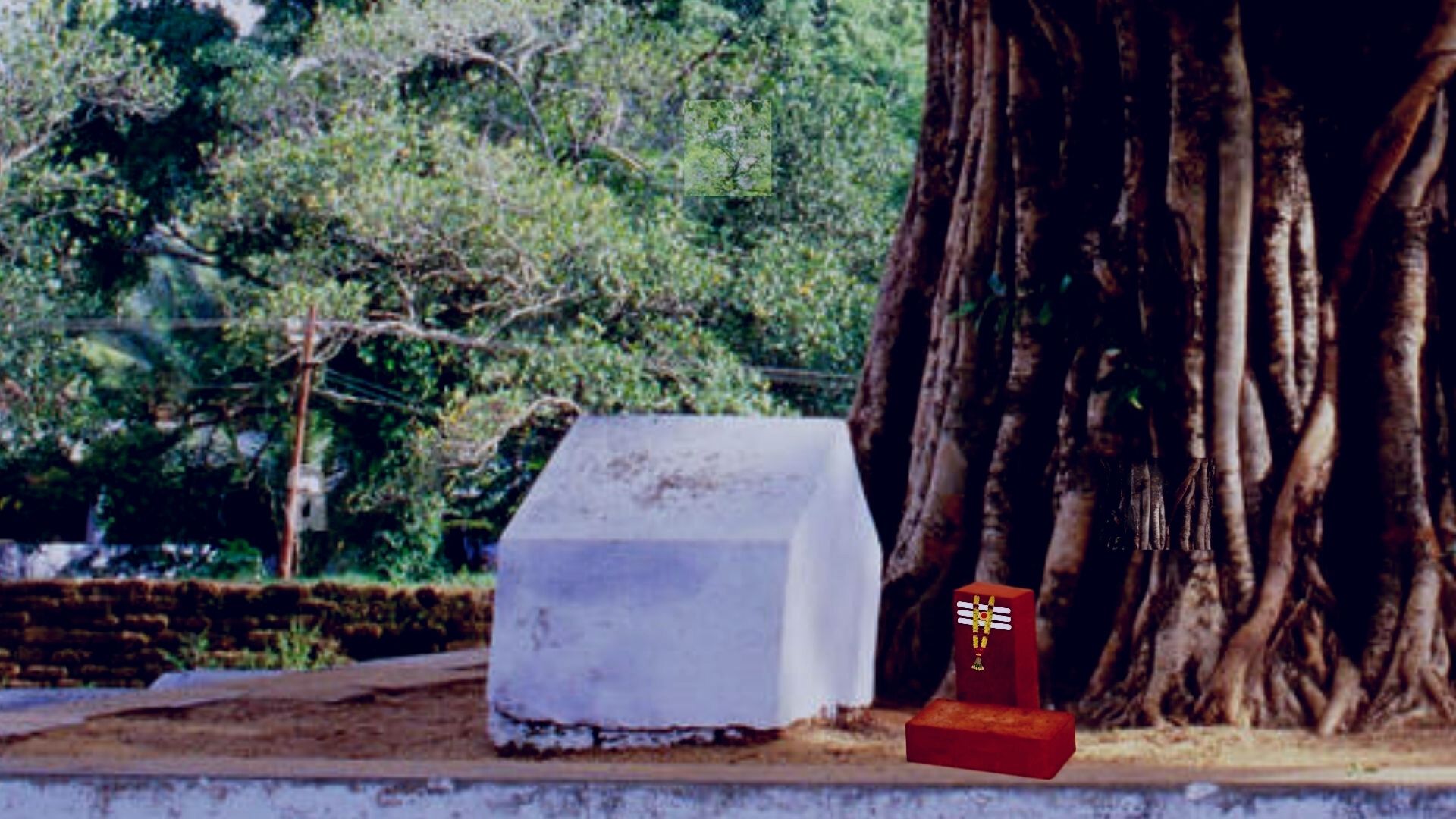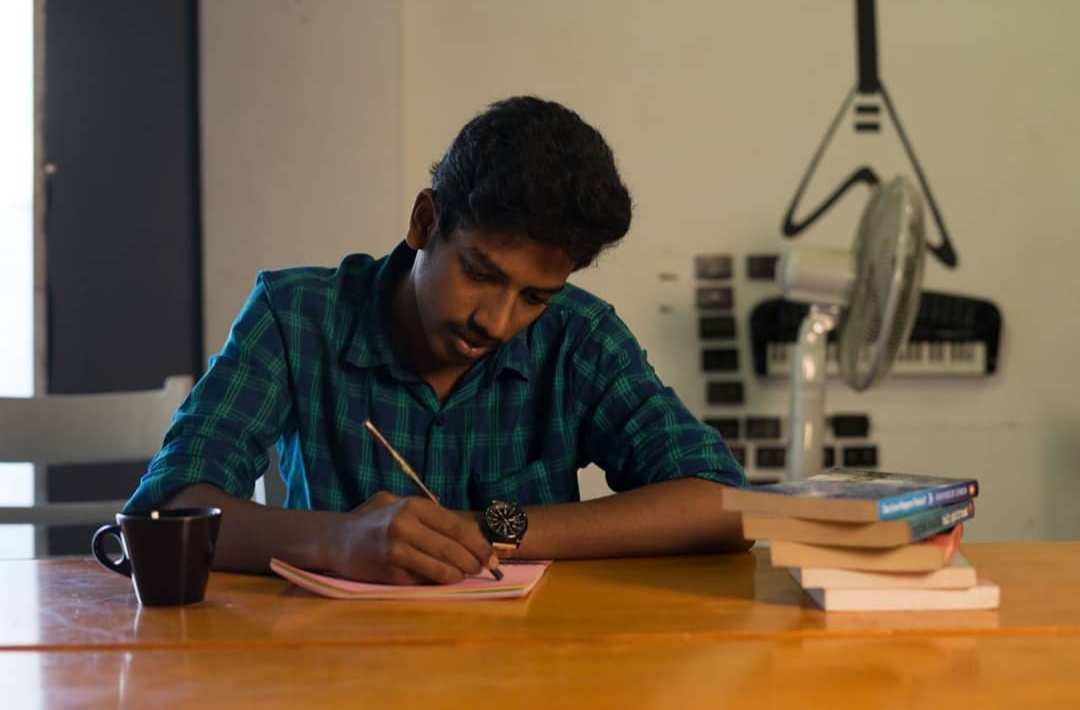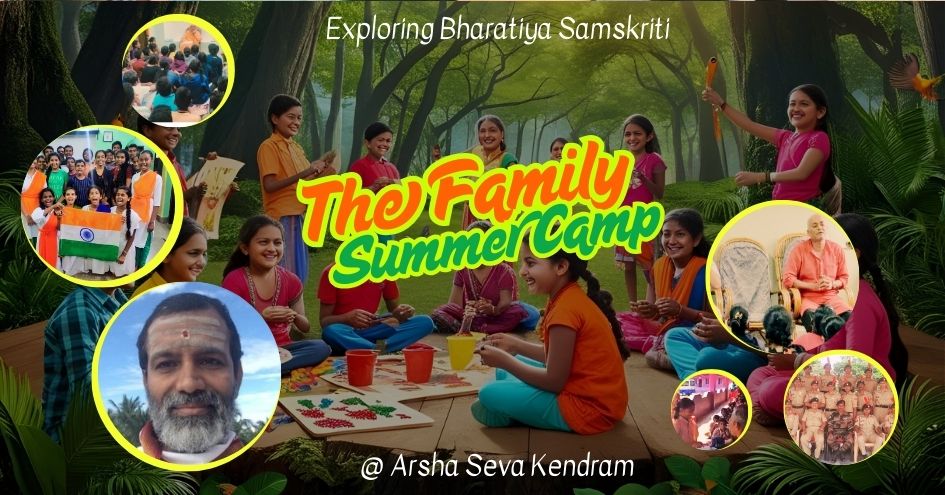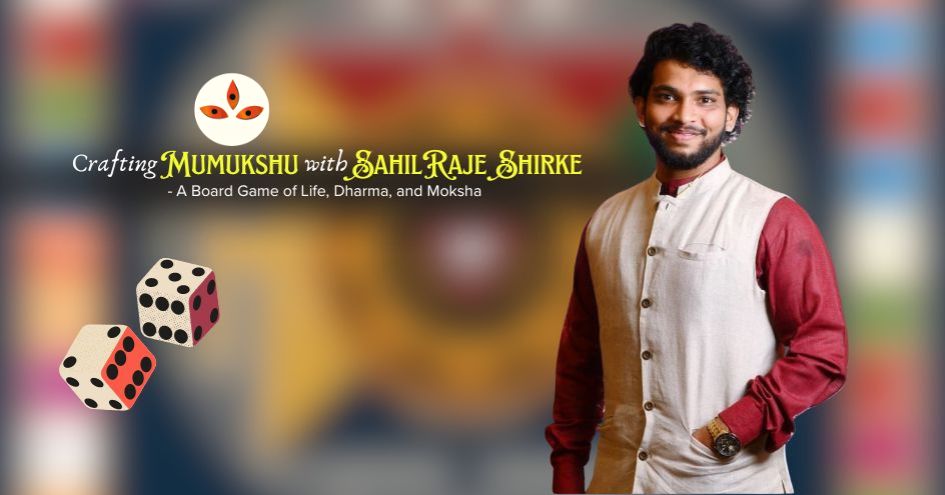
I was intrigued when my mother told me about a game they used to play as children. In my sincere opinion, the games of olden days were more sensible and sattvik than any modern multiverse games. They encouraged unity, promoted spirituality and were notably level headed.
My mother was the elder’s favorite in her childhood gang. Eventually she directs all the younger kids in her area while playing. My mother,Dr. P. Maheswari, spent most of her childhood in R.S.Puram, Coimbatore as my grandfather Palanisamy Sellappan worked in the R.S.Puram division of the United India Insurance company. She had a lot of friends she used to play with in the neighborhood. One of such games she played is the Brick Idol game.
The Brick-idol game is a game where the children of the neighborhood gather around and pick the finest brick they could find. That one brick is considered to be the substitute of the idol in the temple they plan to build. The game is an influence from the temple building culture that prevailed in the time. It was around the 1980s where Coimbatore was at its period of development. Multiple small temples were built around the district, most of them being the Pillayar(Lord Ganesha) temples. Every locality would consist of a Pillayar temple for the localers to worship.
Building a temple would require a lot of money and a group of people in every area would collect money from the localers to build the same. They would mostly wear saffron sarees and dhotis and would carry a pot covered with yellow or saffron cloth to collect the money. Rich and famous people of the area would come forward to make sure of their contribution. This activity around the neighborhood had developed interest in the children to build a temple for themselves too.
Imitation is a feature that every child innately possesses. Children of the locality would also dress up like the temple people and choose a brick for the idol. They would collect money from the elders of the family. The elders of the family would be happier to contribute to this activity. The mothers of the family would also give sweets and snacks to offer to the deity. The children would not know how much they had collected. Once the collection is over, the next part of the game would be to collect flowers.
The children would pluck flowers from the street side plants and home gardens. “It was typical for houses to have a plant or two those days”, said my mother adding, “Nowadays the desire for huge houses have reduced the plants all along.” The flowers collected would be tied into a garland. “The flowers in the garland will not be uniformly arranged. But I’m certain that the god must have happily accepted the incomplete garlands we as children had offered”, quoted my mother.
The brick would be placed in a common place, mostly a playground or under any huge tree with shade in the area. The children would bring water in gatams(pot) from their houses and do the abhishekam to the idol. My mother precisely remembered how the female children had tiny pots, suitable for them to carry. They would also have leaves from the Badam tree, the children's alternative for the Banana leaf. They would place all the sweets on the leaf and light a deepam(lamp) and do the worship.
At times when there were holidays, they would also take the idol on an Oorvalam(procession). The sweets would be shared among the children and would also be given to the elders of the families as Prasadham. The practice was not only playful but also devotional and was carried with determination. “We were very interested to come home from school every evening to have a check on their tiny temple. We would also do pooja whenever we were able to”, she said, reminiscing the olden days.
My mother Dr. P. Maheswari concluded by saying, “The games of the modern world are involved with violence and warfare. It also takes children further away from society. Being a psychology counselor I witness violent children everyday. They are mostly away from society. Something should be done about this, and parents are the only people who can make a change. Parents are the first counselors for the child. They should encourage children to participate in sattvik and non-violent games.”
Let us promote traditional games that promote neighborhood, unity, spirituality and fun all together.
 Vigneshvaran is the special correspondent of the company. He is a graduate of English Literature who shows great interest in analyzing various practices followed in Sanatana dharma. He is a practical person with a curiosity to learn everything by experiencing. He writes poems both in English and Tamil. Vignesh also is an excellent orator.
Vigneshvaran is the special correspondent of the company. He is a graduate of English Literature who shows great interest in analyzing various practices followed in Sanatana dharma. He is a practical person with a curiosity to learn everything by experiencing. He writes poems both in English and Tamil. Vignesh also is an excellent orator.
NEXT ARTICLE

Indian parents today are increasingly concerned about their children's limited exposure to the country's rich culture, heritage, and history. Recogniz...

2nd May, 2025In a world increasingly dominated by fleeting digital entertainment, SahilRaje Shirke, an entrepreneur with a deep-rooted passion for Ind...